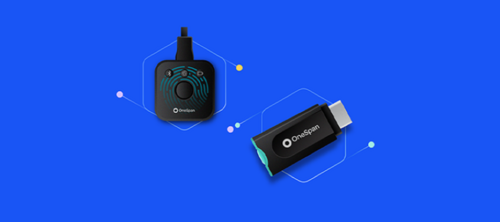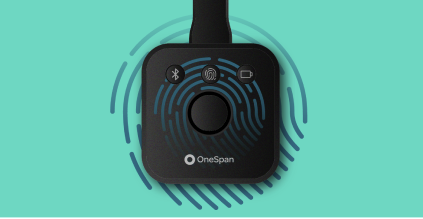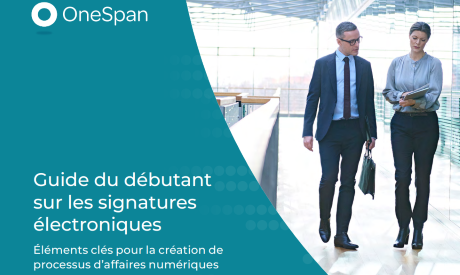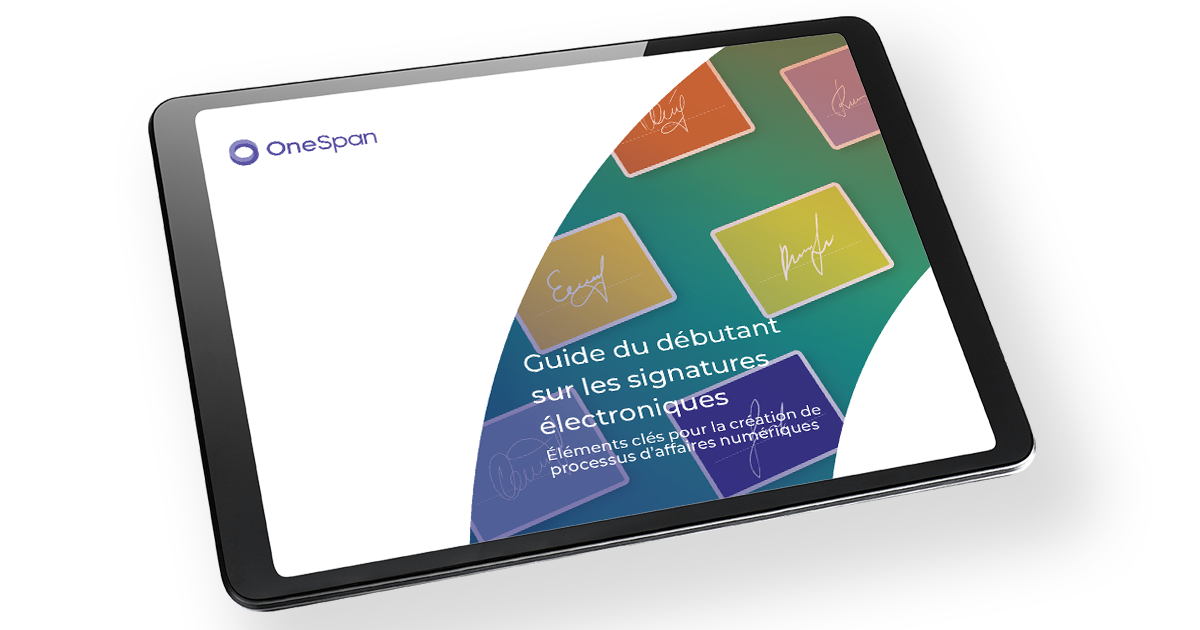John Hancock signerait-il la Déclaration d'Indépendance aujourd'hui ?

Business Insider a publié en juin dernier sa liste des 17 signatures les plus « cool »de l'histoire. La plupart d'entre eux montrent à quel point ces personnages célèbres sont créatifs et originaux. La signature de John Hancock, #1 un sur la liste est définitivement unique (bien que mal utilisé lorsqu'il est griffonné surle dos de Julia Louis Dryfus ). Walt Disney, #16, a une signature enchanteresse, mais beaucoup ont été effectivement signés par des employés autorisés. Pour Jacob Lew qui s'est présenté comme #5 sur la liste, le secrétaire au Trésor des États-Unis a fini par tonifier son boucle John Hancock avant qu'il ne soit ajouté à la monnaie américaine nouvellement imprimée.
Malgré le changement radical dans l'autographe de M. Lew, nous savons qu'il est juste sur l'argent. Mais en général, les philographes doivent être très prudents sur ce qui est réel et ce qui ne l'est pas. Il en va de même pour les entreprises. L'accès à l'Antiques Roadshow ou l'embauche d'un professionnel du service d'authentification d'autographes ne le coupera pas, surtout maintenant que la façon traditionnelle de faire des affaires passe de procédures manuelles sur papier à sans papier.
Les signatures électroniques ont fait l'effet d'une adoption importante au cours de la dernière décennie dans les secteurs de l'assurance, des prêts, du gouvernement et d'autres industries. L'impact des signatures en ligne améliore considérablement le service à la clientèle, l'efficacité opérationnelle et les résultats nets. Mais cela nécessite une authentification appropriée.
La sécurité exige l'identification d'une personne et de s'assurer que la signature appartient à la personne qui signe un document électronique. L'identification doit avoir lieu la première fois qu'une transaction est effectuée avec un utilisateur en ligne. L'approche la plus courante et la norme largement acceptée pour l'authentification des utilisateurs dans les transactions en ligne est le nom d'utilisateur et le mot de passe. Lorsqu'il y a des questions de conformité et de réglementation, le service d'identification de tiers, comme Equifax, peut également faire partie du flux de travail. Les certificats numériques, les jetons ou la biométrie sont d'autres options pour les processus à risque très élevé.
La meilleure solution de signature électronique inclut également l'authentification des données. Le processus de vérification des informations contenues dans un document signé garantit que rien n'a changé depuis sa signature. Chaque bloc de signature doit être sécurisé avec une signature numérique afin qu'il ne puisse pas être copié ou collé sans détection. Cette preuve du processus prouve exactement ce qui s'est passé à chaque étape du processus d'examen et de signature des documents.
Avec l'omniprésence des appareils mobiles dans notre société, les barrières traditionnelles à l'adoption de la signature électronique disparaissent rapidement tant pour l'entreprise que pour le consommateur. Avec les signatures en ligne, tous les matériaux peuvent être correctement signés et remis en toute sécurité pour le traitement et l'archivage dans un flux de travail complètement sans papier. Bien que cela puisse enlever une partie de la «coolness» des signatures, il est certainement compensé par la plus forte protection juridique.
Pour en savoir plus sur l'évaluation des exigences de sécurité relatives aux signatures en e, téléchargez le livre blanc Silanis, How to Evaluate An E-Signature Vendor On Security.







